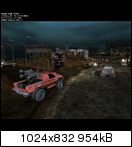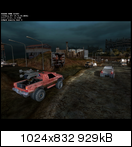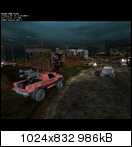Hi all, i'm reading here for a long time but registered only now because i think its the only place to get the right answer.
why ?
This is hardware or software problem ?
So far I've seen some games that use DX10 (crysis/bioshock) run with SSAA on nvidia cards but I do not know for sure if they really run on DX10 at that Time.
this is a problem with ssaa and dx10 for both ATI and NV or ATI only ?
Thank you very much
“Older games” is an important keyword here, as there is a catch to AMD’s SSAA implementation: It only works under OpenGL and DirectX9. As we found out in our testing and after much head-scratching, it does not work on DX10 or DX11 games. Attempting to utilize it there will result in the game switching to MSAA
why ?
This is hardware or software problem ?
So far I've seen some games that use DX10 (crysis/bioshock) run with SSAA on nvidia cards but I do not know for sure if they really run on DX10 at that Time.
this is a problem with ssaa and dx10 for both ATI and NV or ATI only ?
Thank you very much








